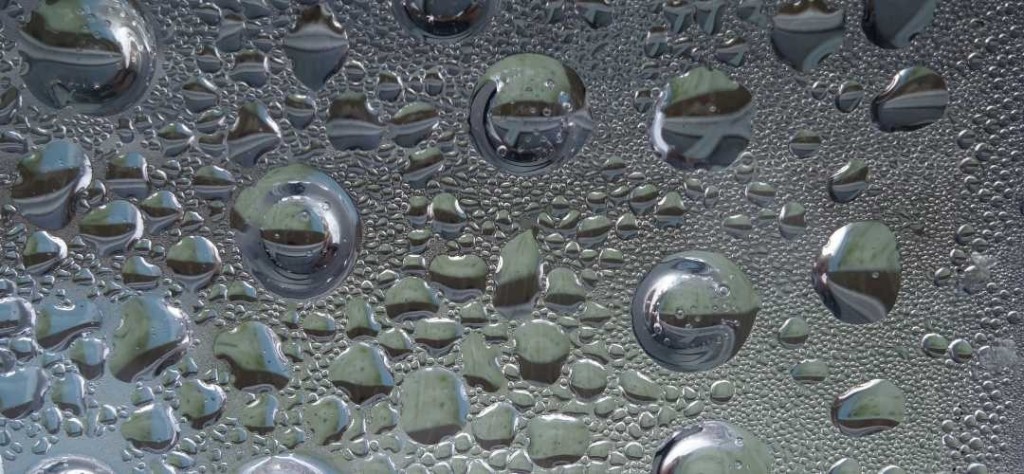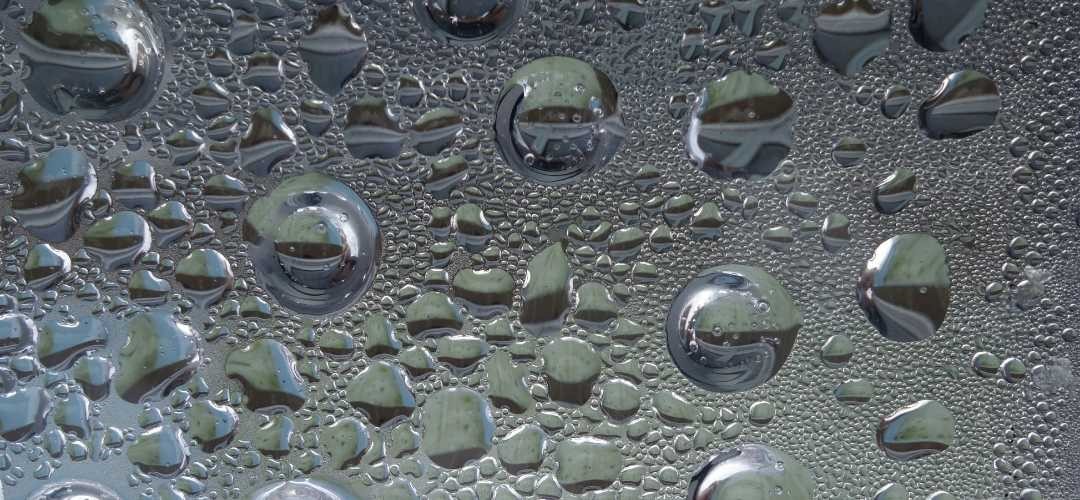
According to “Destination Iran” and following the “Used Conex” website, you have to diligently prevent shipping container condensation in various ways. You will learn about some of them here.
Shipping container condensation happens when the temperature of the transport container’s partitions drops below the indoor air’s dew point. Consequently, air moisture settles on the container and is once in a while referred to as “container sweat”. If no longer acted upon immediately, it can reason container molds to develop on your load. This is particularly disastrous if you’re storing perishables or temperature-sensitive objects in the interior of your delivery container (foul scent can be an aspect of the impact, mold).
Aside from molds, containers’ additional rust has a threat of showing up and unfolding as moisture reacts with metal. Nevertheless, there are approaches to limit your container from absorbing the surrounding temperature so readily.
Shipping condensation is additionally regarded as container rain, which can harm cargo through:
- Packaging deterioration
- Mold and mildew
- Corrosion
- Warping
- Caking of powder located in goods
It’s vital to study how to give up condensation in a delivery container to keep away from these outcomes and stop your enterprise from incurring full-size income losses.
Read more: BUY CONEX IN STOCKTON
What Affects the Amount of Condensation in a Shipping Container?
While temperature shifts are a contributing factor, getting to know how to end condensation in a container is a thinking ability about all of the components that have an effect on moisture throughout transport.
The quantity of condensation in a delivery container can fluctuate primarily based on temperature, air space, ventilation, the moisture content material you’re shipping, and container usage.
Temperature: Temperature can range relying on transportation routes and shift from day to night. When temperature changes considerably, liquid can construct up in the air.
Air Space: The more extra area left open in the container, the greater the moisture content material in the air. This makes condensation problems more likely.
Ventilation: If a delivery container is now not appropriately ventilated, the waft of air is obstructed. In sure transport conditions (depending on the route and adjacent temperatures), a lack of airflow can motivate an additional buildup of moisture. Air drift can assist equalize the temperature inside the container with the temperature of the backyard air; the smaller the distinction between the two, the much less in all likelihood condensation is.
Moisture content material of shipped goods: The hygroscopic items in a transport container can play a big function in moisture levels. Paper, cardboard, wood, natural materials, chilled meals and beverages, and most of the time shipped products can launch moisture when the temperature outside the container drops. This moisture is then collected on the partitions and ceiling.
Container usage: The way your container is dealt with for the duration of packing procedures and all through transit can additionally have an effect on the possibility of condensation.
The following aspects of container utilization can have an effect on the quantity of moisture in the container:
- The frequency at which doorways are opened
- The frequency at which a container is loaded or unloaded
- Weather conditions
- Time of day
How To Ventilate Shipping Containers
For herbal ventilation, industrialists advise a whirlybird vent on the roof mixed with vents on the partitions or contrary facets of the delivery container. Shipping container vents’ characteristics are satisfactory when located opposite each other. Therefore, the most renowned method is implemented when the transport container vents are in the right direction toward the course of airflow.
Aside from whirlybirds, you can install exhaust vents or extractor fans. This kind of airflow is referred to as mechanical ventilation. The fan extracts the humidity before it settles on your load and turns into moisture. In very humid locations like Brazil, easy vents are inadequate and require mechanical air flow to limit humidity in homes.
Place home windows simply under the roof to enable air to waft thru the container. Positioning the home windows this way keeps the container cool on warm days and helps in decreasing container humidity.
Air Conditioning Units
If you have an energy supply for your transport container, you may additionally set up an air conditioning unit. It is relevant to install an air conditioning unit in your delivery container if you’re reusing it as a home, office, meat shop, refrigerator, etc. One window-type a/c will suffice for one 20-foot transport container. However, you may desire to think about a greater enormous unit for a large delivery container.
Additional Tips
Charcoal luggage takes in moisture, stops odor, and purifies the air. You can locate one bag at each stop of the delivery container. Remember to exchange it each and every few months.
Painting the delivery container’s exterior with white paint displays the sun’s warmth and reduces the container’s respiration at some point of a full day of temperature fluctuation. Additionally, zinc paint (which incorporates 90% of dry zinc powder) can sluggish rusting of the exterior metal and stop rust penetration.
Avoid portray your delivery container with darkish colorings as they absorb heat, overheating the interior, specifically in the course of the summer. Additionally, with perfect ventilation, you have to additionally prepare the objects inside your delivery container so that they don’t cram tightly together. You can stack them off the ground on cabinets to grant higher airflow inside the transport container.
Preventing shipping container condensation can help you achieve a lot of benefits especially if you’re storing perishables. So, remember to always keep your cargo dry to avoid molds, odor, and rust.
Usedconx














